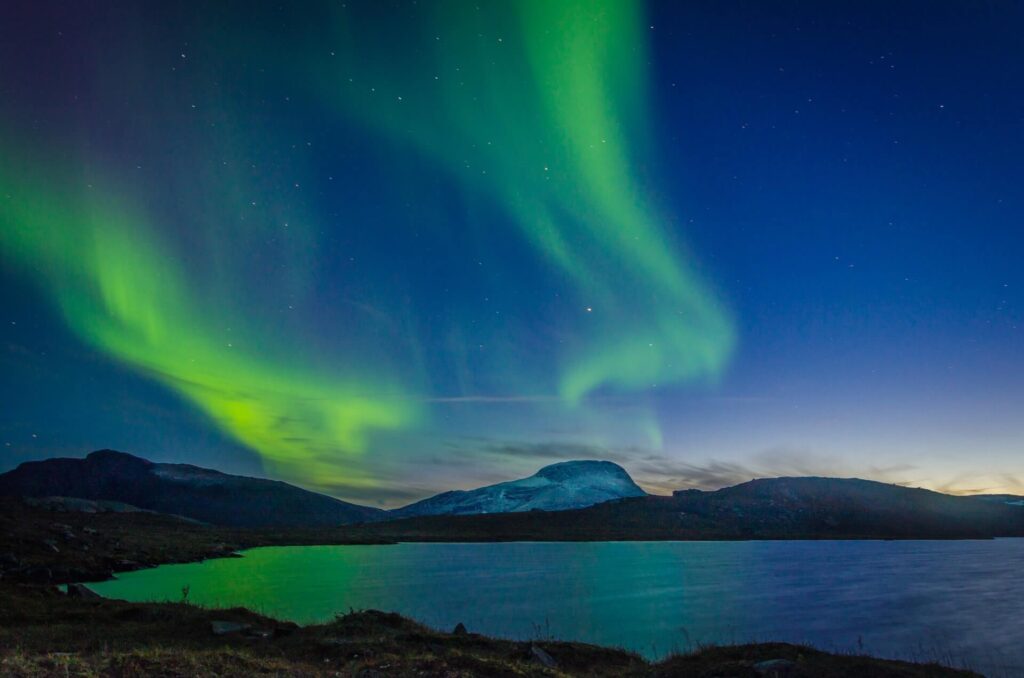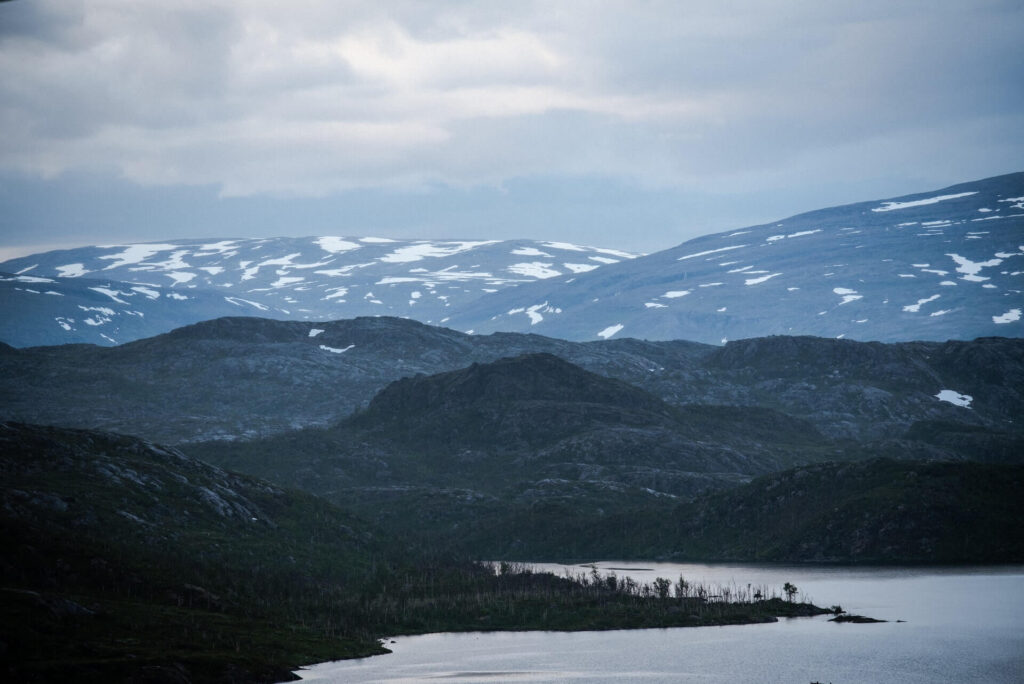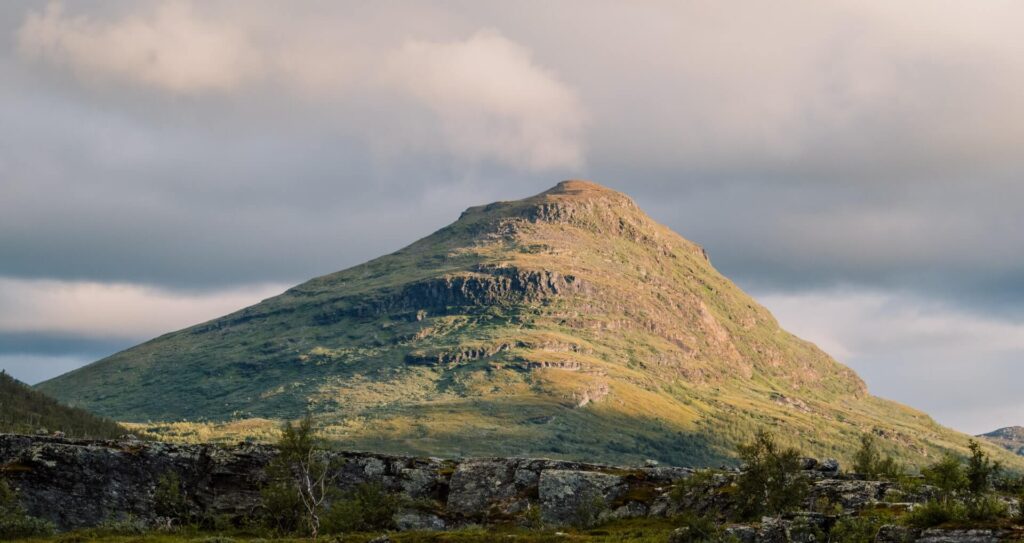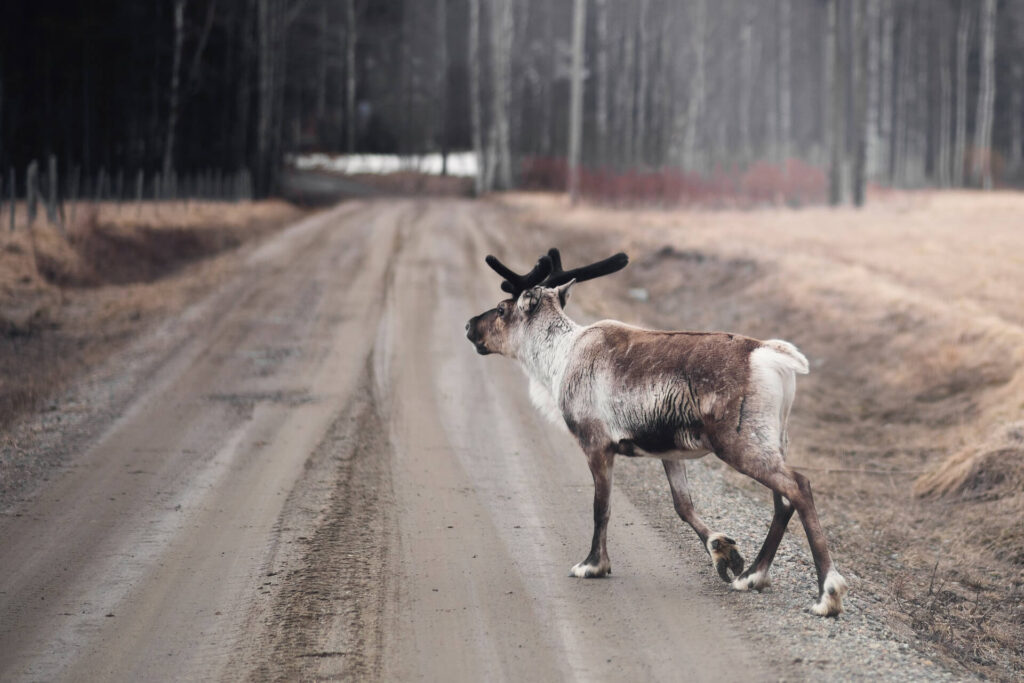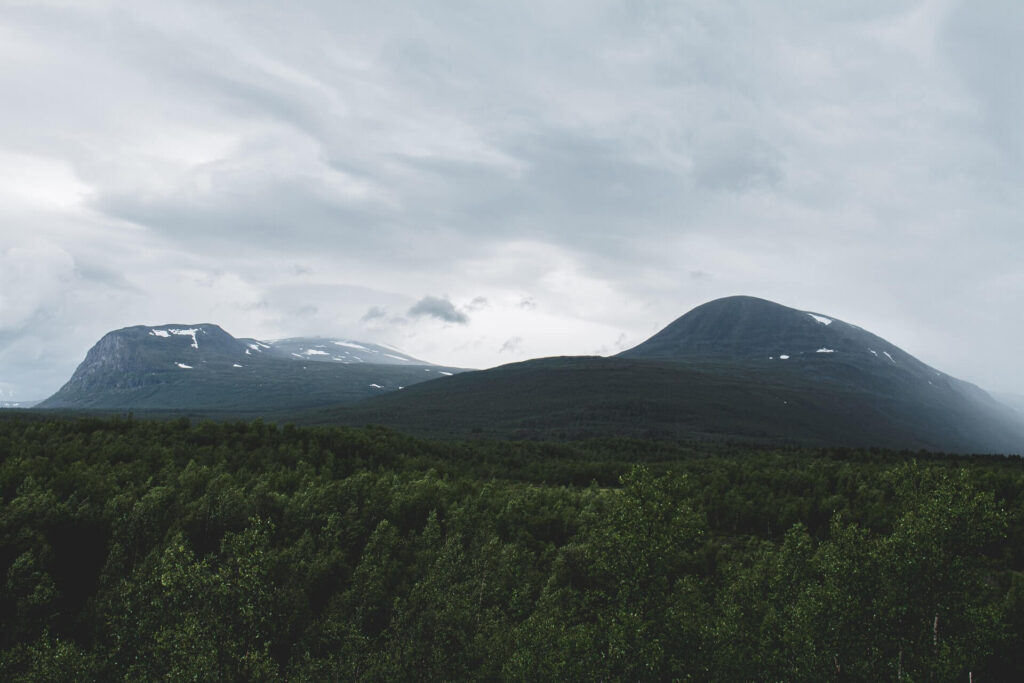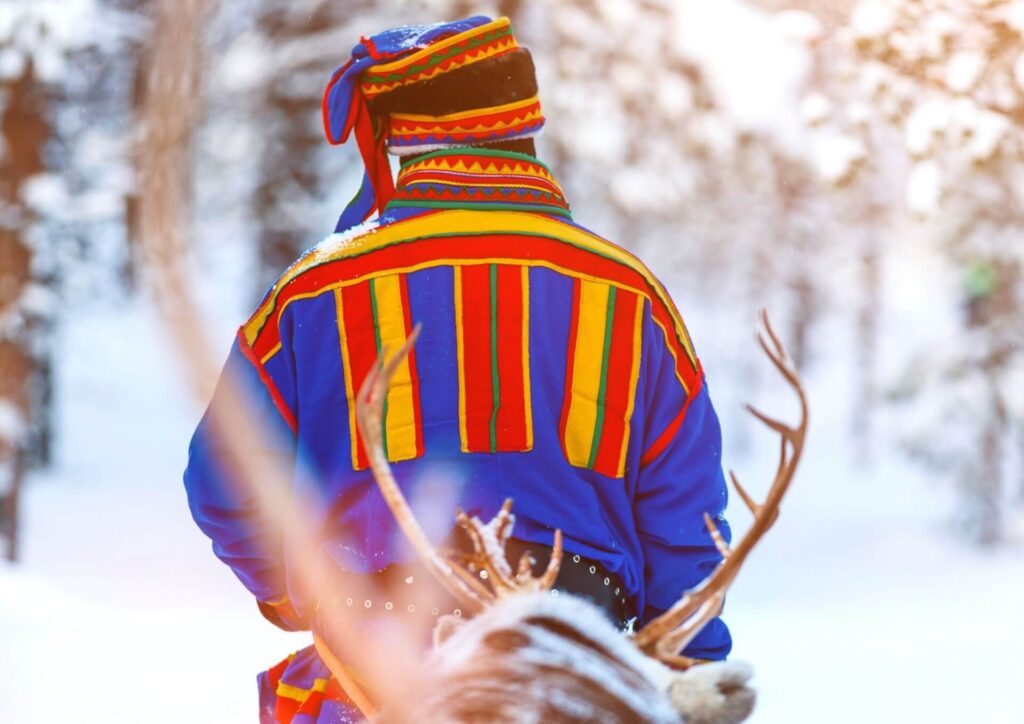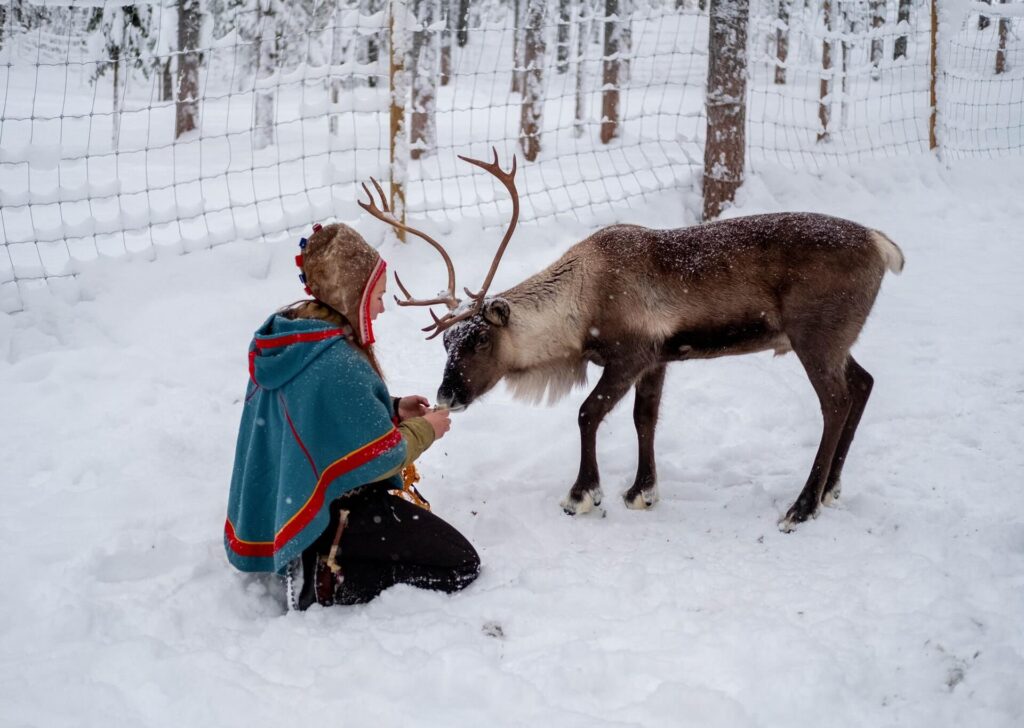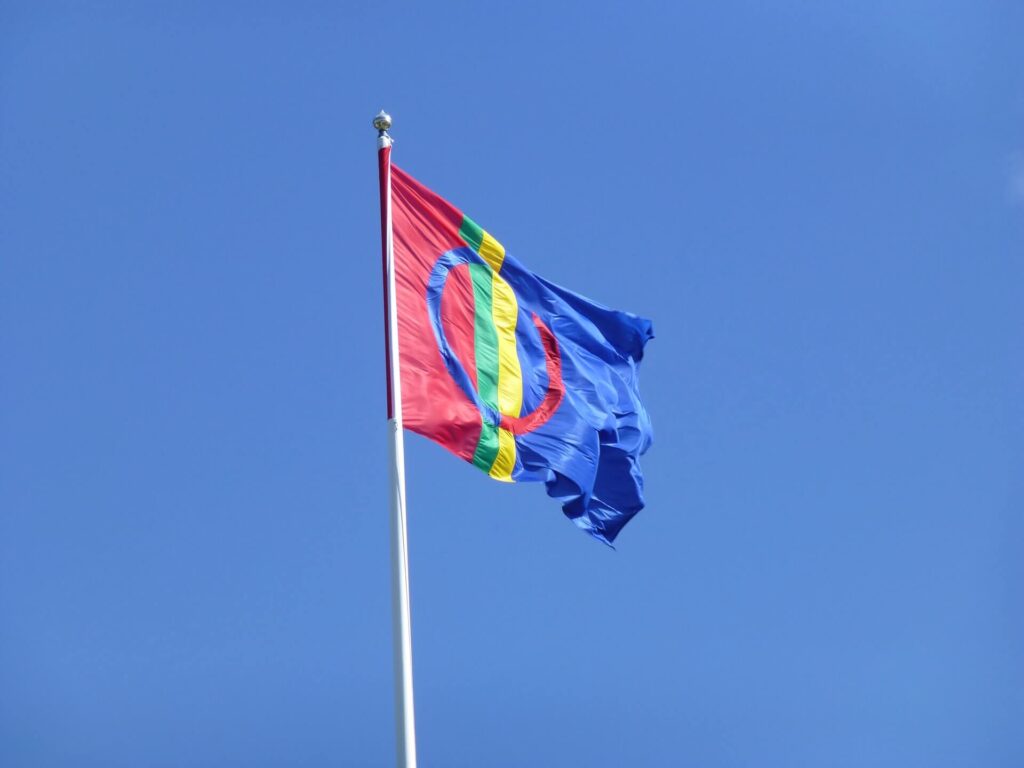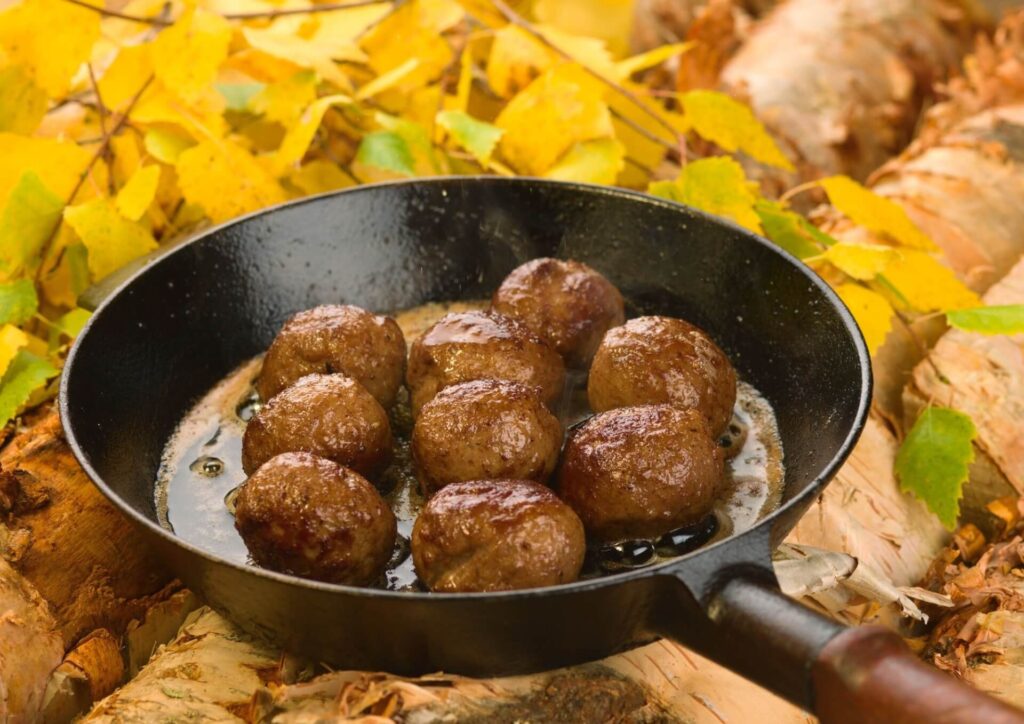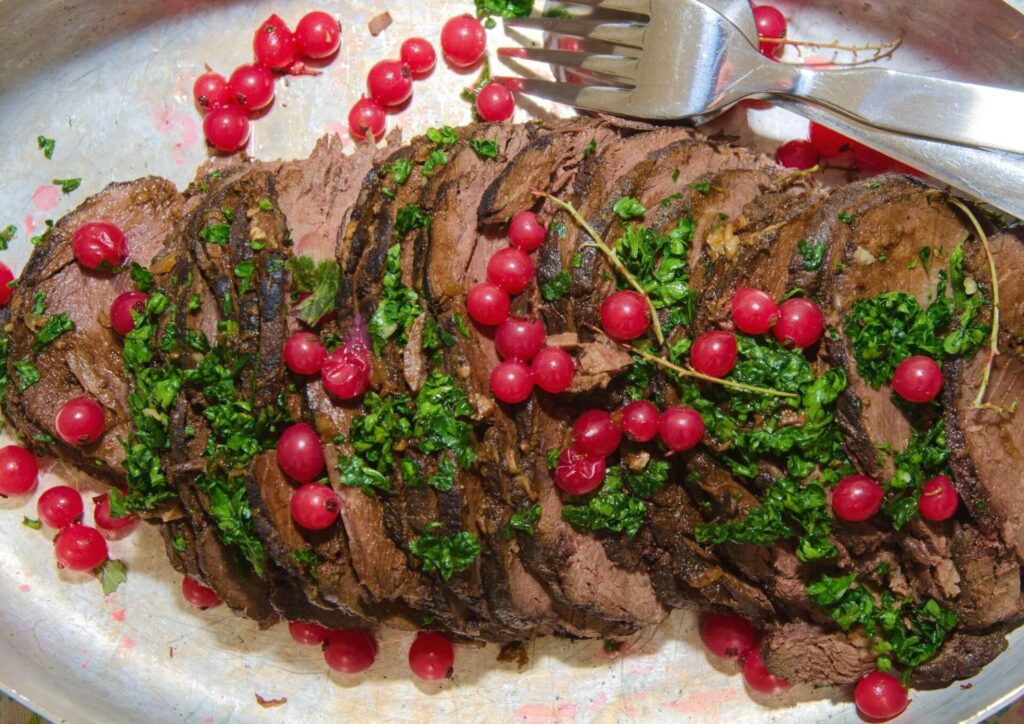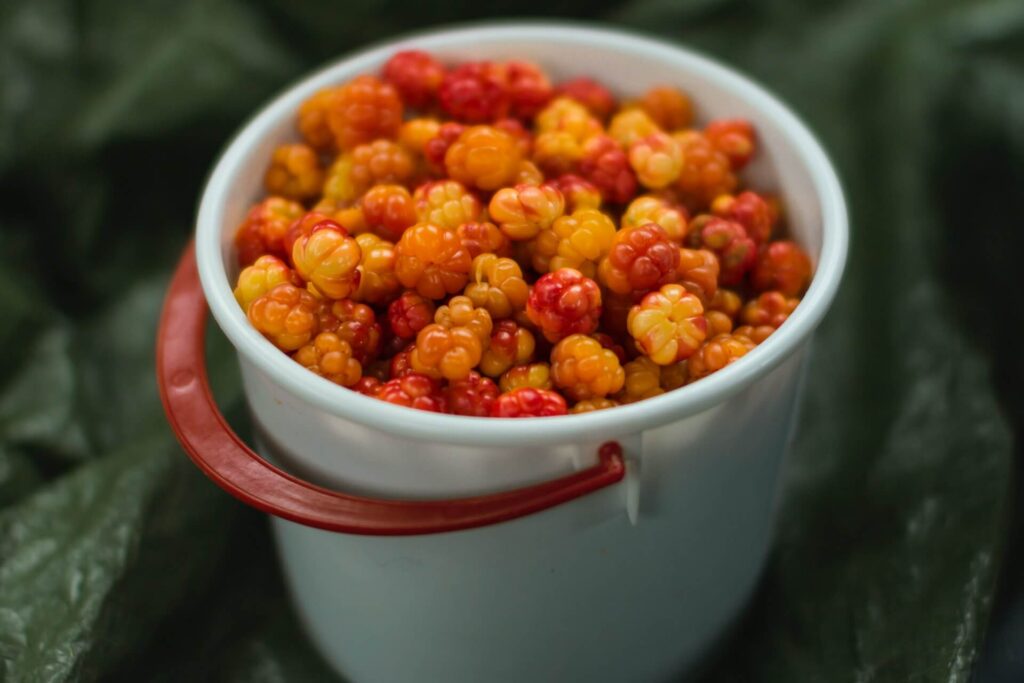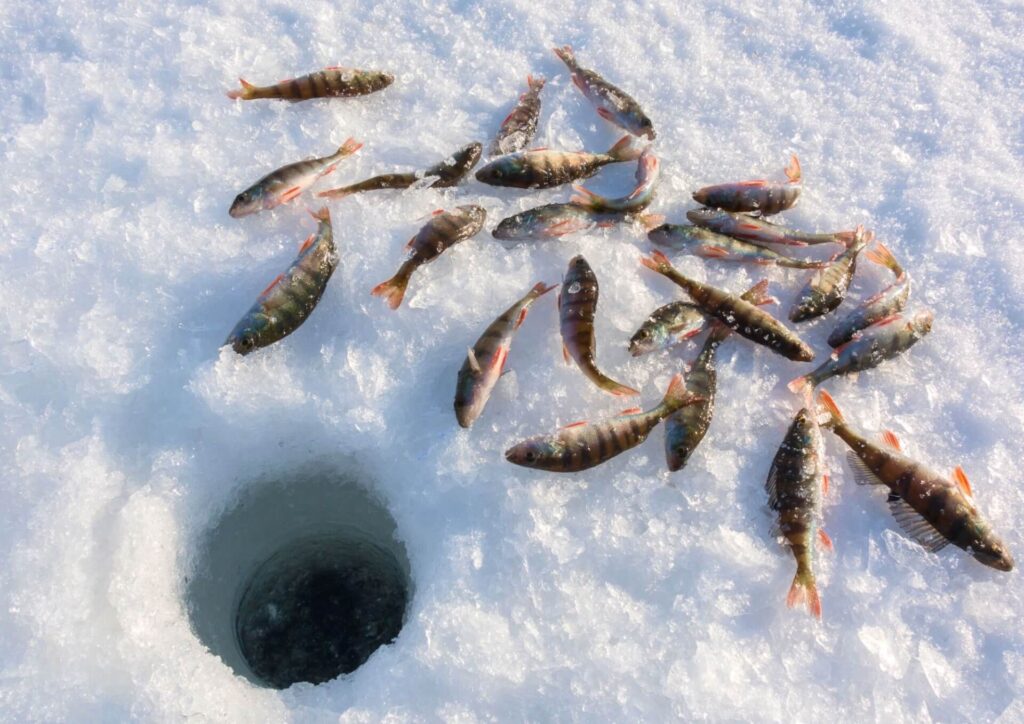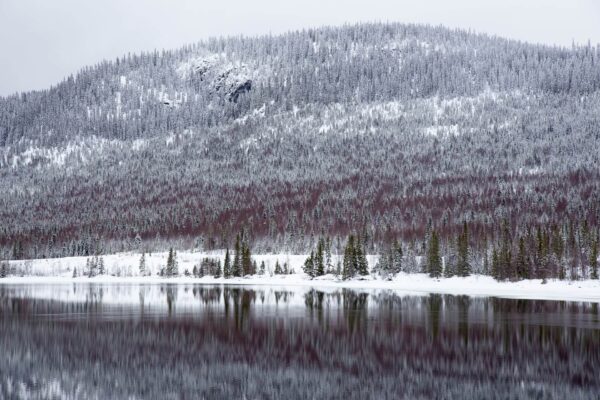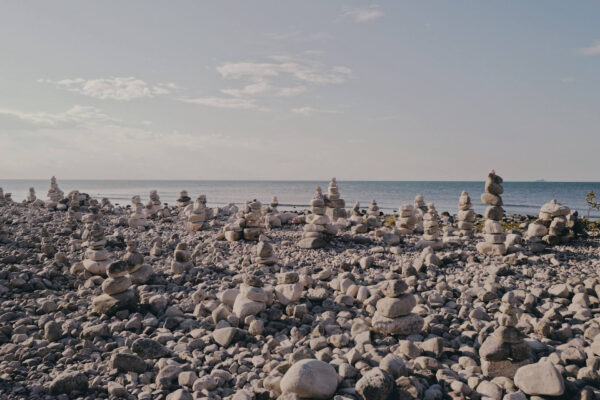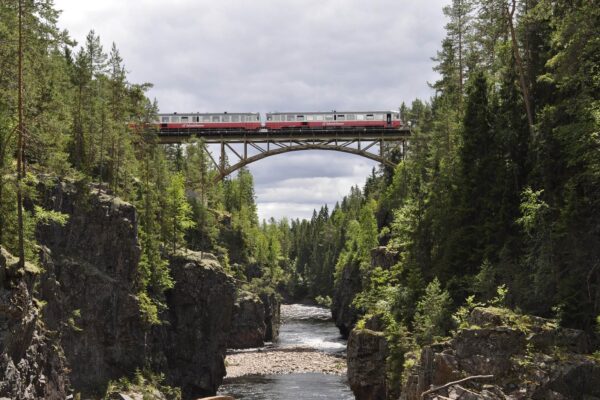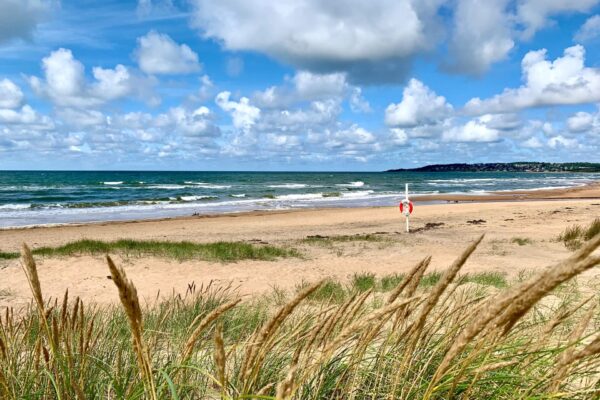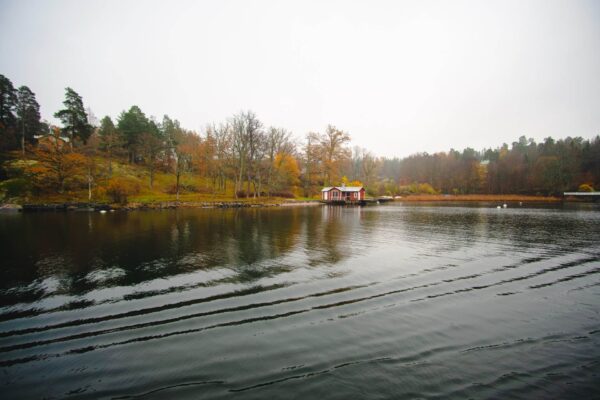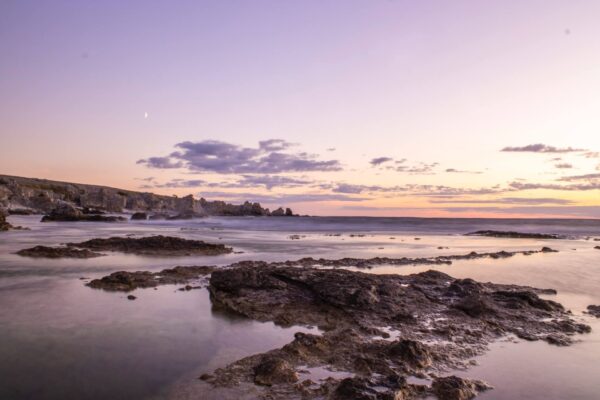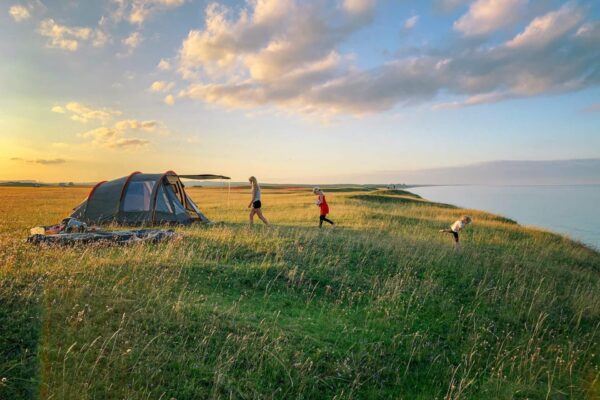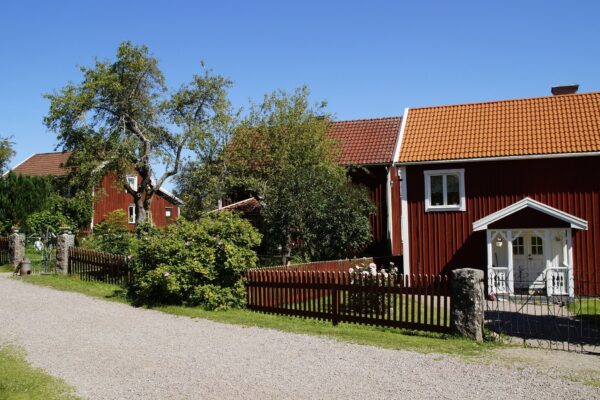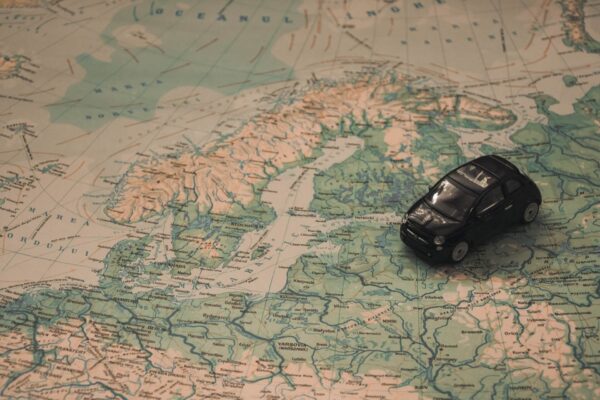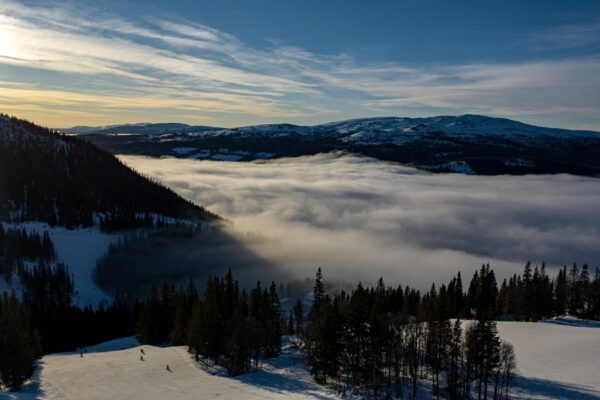Snow-covered forests, frozen lakes and northern lights in the sky – in the Swedish part of Lapland, winter dreams come true. Whether in the sky, in a dog sled or on a snowmobile: the rugged nature in the remote north invites you to go on varied and exciting exploration tours. Even when there is no snow, the northernmost Swedish town of Kiruna or Kebnekaise, the country’s highest mountain, are definitely worth a visit.
Lapland, or Swedish Lapland, is the northernmost part of Sweden and the largest of the country’s historical provinces. Together with Norwegian Lapland (Finnmark) and Finnish Lapland, it forms a pan-European region, which is also equated with Sápmi, the settlement area and cultural region of the Sami people. The capital of the province is Kiruna.
| Part of the country | Norrland (Northern Sweden) |
|---|---|
| Area | 111,206 km² |
| Inhabitants | 95,105 |
Travelling in the nature of Swedish Lapland
Swedish Lapland is probably best known for one thing: its arctic climate, snow and northern lights. And quite rightly so, because there are only few other places in the world where you can watch the celestial spectacle during a winter holiday – when the sun is rarely visible in the sky – as well as here in the north. The Aurora Sky Station in Abisko, for example, is considered one of the best places to go aurora hunting.
The few hours of sunshine invite you to get to know the Arctic nature of the region in a special way – tours by snowmobile or dog sled are particularly popular, where you can observe reindeer in their natural habitat in the snow-covered and unspoilt forests. Snow hikes are popular as well, as are ski tours – for example in the Riksgränsen ski area on the border to Norway. Those seeking relaxation and tranquillity can try ice fishing on one of the many frozen lakes – or visit the world-famous ice hotel during a stopover in Jukkasjärvi near Kiruna.
If you opt for a holiday in Swedish Lapland during the summer months, you get almost the complete opposite of winter. Between May and July, it doesn’t get dark in the north of Sweden, because that’s when the midnight sun brightens up the sky – that is why sun cream is a must. The endless summer days are perfect for outdoor tours and hikes in one of the region’s many national parks. Those who prefer to be out and about on the water can opt for a canoe or kayak tour, as Swedish Lapland offers a large number of lakes and streams – which are also very popular with fishing fans.
Swedish Lapland: home of the Sami people
Swedish Lapland, like the entire fenno-Scandinavian north, is home to the Sámi, the indigenous people of northern Europe. The area was colonised by the Sami over 10,000 years ago, therefore Lapland’s culture is very much characterised by Sámi traditions. Although the proportion of Sámi in the total population has declined in recent years, the Sámi still live in Swedish Lapland today and invite curious visitors to familiarise themselves with their customs and traditional ways of life.
Even though the vast majority of Sámi no longer live nomadically but in a fixed location, the province is still culturally characterised by reindeer herding. If you want to embark on a spiritual journey in one of the most remote and peaceful places on earth, you can take inspiration from shamanism and the Sámi nature religion. Joik, the traditional Sámi singing style, is still used today. Duodji is the name given to Sami handicrafts, in which mainly everyday objects are made from typical Nordic and regional natural raw materials such as wood or reindeer antlers.
Lapland’s cuisine: hearty and local
Although you can find fine cuisine and upscale restaurants in Swedish Lapland, the actual food of the region is traditionally rather simple and plain. The food culture is primarily influenced by Sámi traditions. In short: almost everything on the table is regional and local, whether fish, meat or vegetables.
As the most common livestock in Lapland, reindeer are an important source of food. Smoked or chopped reindeer meat (“souvas”) or savoury stews are particularly popular. Moose meat and partridge are also typical ingredients in northern Swedish cuisine. As in the rest of the country, fish is popularly prepared and smoked, especially char, trout and pike in Swedish Lapland.
One of the national dishes of (Swedish) Lapland is palt, a potato and flour dumpling filled with bacon. Potatoes are generally a very popular side dish, as are root vegetables, mushrooms and bread baked on stone. Berries are very popular as sauces or for desserts, specifically blueberries, cloudberries, cranberries and raspberries.
